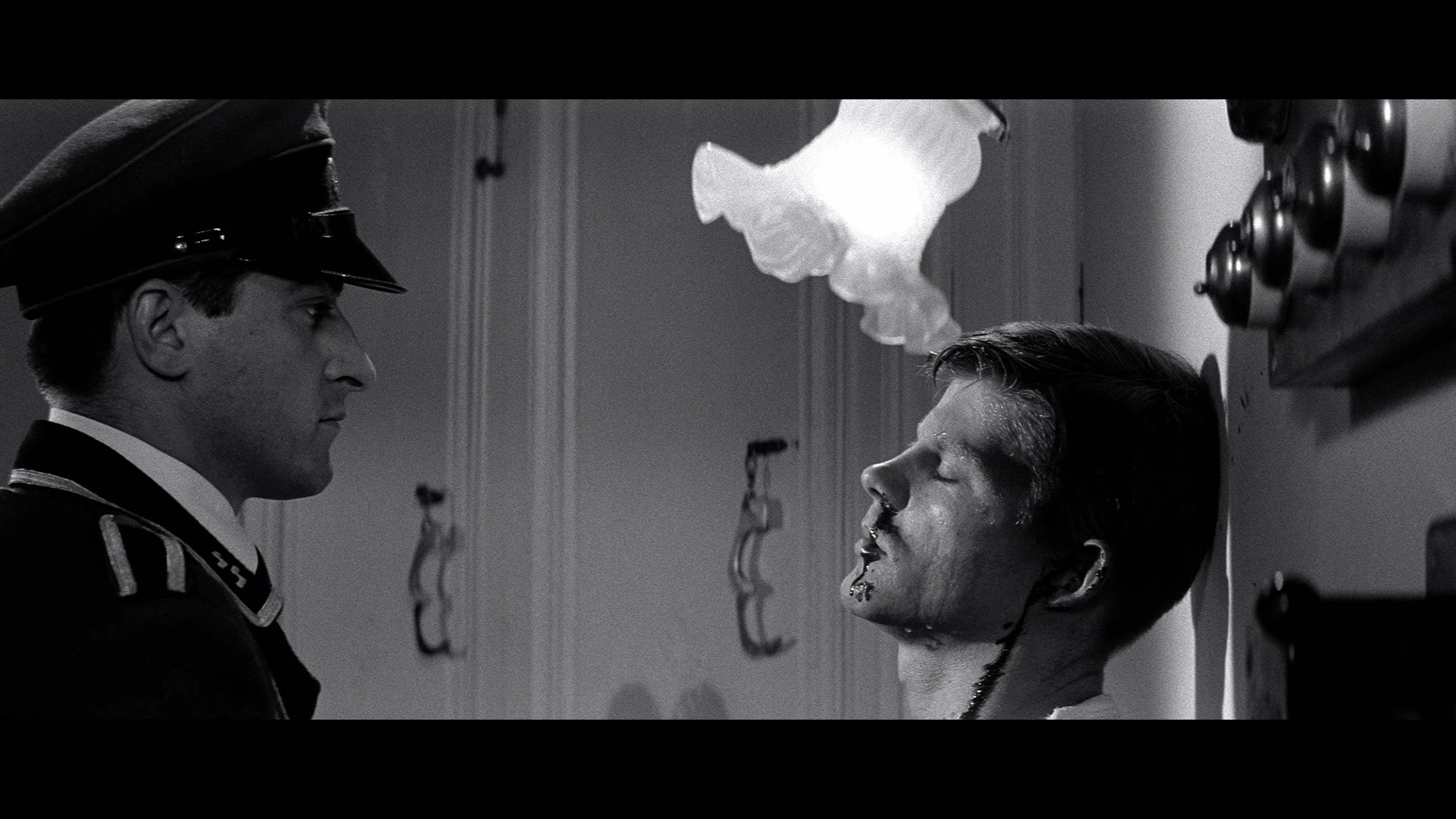
three of the Vices are neatly subdivided into three species each) are more characteristic of the Peripatetic School than of the Academy the formal exposition of a subject already fully explored has replaced the tentative heuristic method which Plato in his dialogues inherited from Socrates. It is true that the rigorously systematic arrangement of the matter and the concise fullness of detail (in cc. viii.) there is an allusion to the comparison drawn by Plato in the Republic between the well-ordered Soul and the well-constituted State. He exhibited them as forms of moderation, lying midway between vicious extremes of excess and deficiency but here each virtue is merely contrasted with a single vice as its opposite. But the analysis of these virtues adopted is not Aristotle’s. Or generosity, and Magnanimity or greatness of spirit. ἠθικὴ ἀρετή or ‘moral goodness.’ The Greek mind saw the unity of human excellence behind its various forms.

The list of Virtues or forms of Goodness a is Aristotelian, as in addition to the four cardinal virtues of Plato, Wisdom or prudence, Courage or manliness, Temperance or sobriety of mind, and Justice or righteousness, it includes Gentleness, Self-control, Liberality

Then turning to conduct, it ranges the various actions and emotions under the virtues and vices which they exemplify. It starts from the ethical psychology of Plato, dividing the Soul or personality of man into three parts, the reason, the passions and the appetites. It classifies the various kinds of good and bad conduct under the virtues and vices of which they are manifestations. This essay is of interest as an example of the way in which Aristotle’s reduction to scientific form of the ethical system adumbrated by Plato was later systematized and stereotyped by smaller minds.


 0 kommentar(er)
0 kommentar(er)
